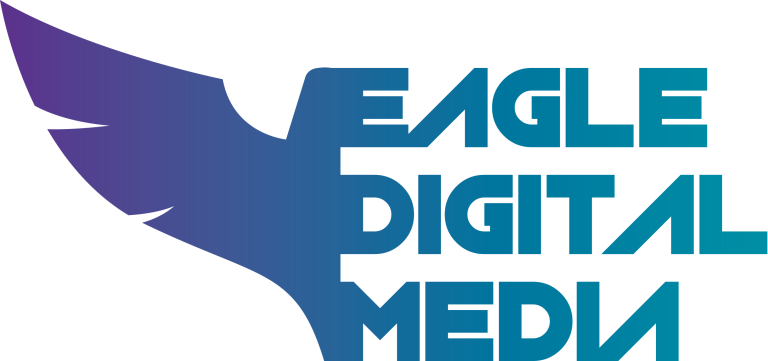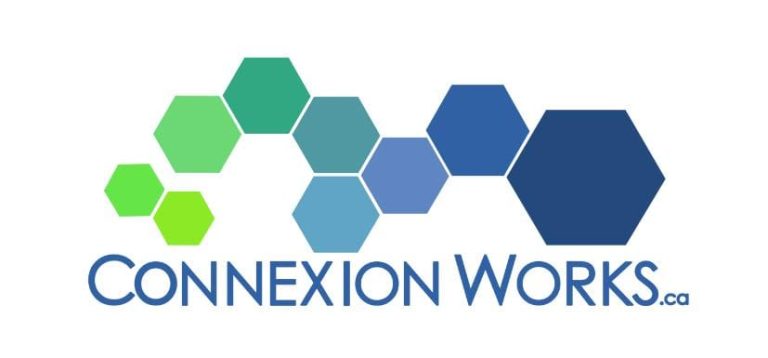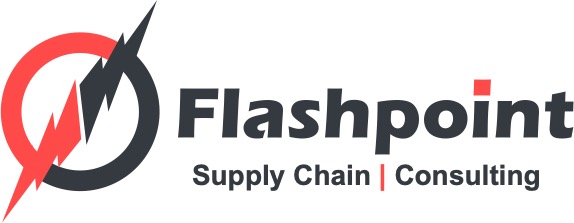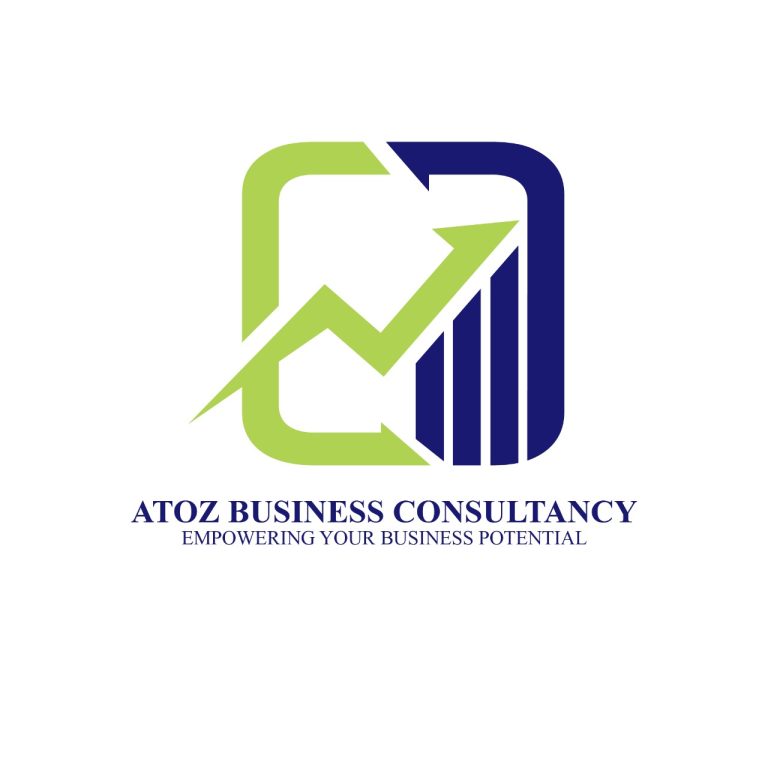Canadian Active Voice
Strategic Framework
Our Canadian Active Voice
Strategic Framework for 8 Verticals
Canadian Active Voice (CAV) is a platform dedicated to driving positive change through collaboration, dialogue, and action. We bring together voices with shared interests to create meaningful impact in New Brunswick’s communities. Our strategic framework focuses on creating programs, measuring impact, and fostering sustainable results.
Structure and Organization
Executive Membership Committees
The committees set the strategic direction for their verticals by identifying key issues, setting priorities, and determining the best approaches to address challenges.
Operational Groups
Each vertical has an operational group supporting the executive committees. These groups consist of junior professionals, emerging leaders, and others with a vested interest in the vertical’s focus.
Collaboration, Dialogue, and Action
Executive committees engage with relevant stakeholders, including major associations, companies, and industries, to foster collaboration and bring diverse perspectives to the table. This broad engagement enriches the dialogue and supports solution-finding.
Each vertical is responsible for creating programs that align with their focus and drive meaningful results. These programs are developed through dialogue among stakeholders, ensuring that they are relevant and actionable. Collaboration and dialogue are key to generating innovative ideas and building consensus on program goals.
Locations: To ensure wide geographic reach and inclusive participation, roundtable discussions are organized in Saint John, Fredericton, and Moncton.
CAV invites a diverse range of stakeholders to participate in these discussions, including community leaders, government entities, political and social leaders, corporations, and others. This collaborative approach helps generate valuable insights and input for program development.
Each roundtable discussion focuses on the key issues identified by the executive committees. The format encourages open dialogue and action planning, leading to the creation of meaningful programs for each vertical.
Measuring Impact and ROI
CAV emphasizes the importance of measuring the impact of its programs. The Return on Investment (ROI) can be assessed through various metrics, including:
The number of participants involved in each program.
The level of engagement and contributions from key stakeholders.
Specific outcomes related to the goals of each vertical, such as job creation, environmental improvements, healthcare access, educational achievements, etc.
Surveys and feedback from the community to gauge satisfaction and perceived impact.
Assessing the cost of implementing programs against the benefits generated for the community.
Regular assessment and tracking of these metrics help CAV refine its programs, ensuring continuous improvement and meaningful results.
Sharing and Advocacy
Based on the programs and roundtable discussions, CAV creates comprehensive policy recommendations to address the identified issues. These recommendations are shared with relevant stakeholders and policy makers to influence public policy and drive positive change.
CAV uses various communication channels to raise awareness of the programs’ results and engage the community. This may include press releases, social media campaigns, and community events.
Composition:
- Each of the eight verticals has a dedicated executive committee consisting of 3 to 5 subject matter experts, thought leaders, and key stakeholders in their respective fields.
Responsibilities:
- The committees set the strategic direction for their verticals by identifying key issues, setting priorities, and determining the best approaches to address challenges.
Composition:
- Each vertical has an operational group supporting the executive committees. These groups consist of junior professionals, emerging leaders, and others with a vested interest in the vertical’s focus.
Responsibilities:
- Operational groups provide assistance, research, and logistical support to the executive committees. They benefit from mentorship and training, which helps build their skills for future leadership roles.
Mentorship and Grooming
- The executive committees mentor and groom operational group members, fostering a strong pipeline of future leaders for each vertical. Mentorship programs focus on skill development, industry knowledge, and leadership capabilities.
- The executive committees identify the top 3 to 5 key issues and priorities for their verticals. This strategic planning focuses on issues with the most significant impact on the well-being and prosperity of New Brunswick’s communities.
- Executive committees engage with relevant stakeholders, including major associations, companies, and industries, to foster collaboration and bring diverse perspectives to the table. This broad engagement enriches the dialogue and supports solution-finding.
- Each vertical is responsible for creating programs that align with their focus and drive meaningful results. These programs are developed through dialogue among stakeholders, ensuring that they are relevant and actionable. Collaboration and dialogue are key to generating innovative ideas and building consensus on program goals.
- Locations: To ensure wide geographic reach and inclusive participation, roundtable discussions are organized in Saint John, Fredericton, and Moncton.
- CAV invites a diverse range of stakeholders to participate in these discussions, including community leaders, government entities, political and social leaders, corporations, and others. This collaborative approach helps generate valuable insights and input for program development.
- Each roundtable discussion focuses on the key issues identified by the executive committees. The format encourages open dialogue and action planning, leading to the creation of meaningful programs for each vertical.
CAV emphasizes the importance of measuring the impact of its programs. The Return on Investment (ROI) can be assessed through various metrics, including:
Program Participation:
- The number of participants involved in each program.
Stakeholder Engagement:
- The level of engagement and contributions from key stakeholders.
Outcome-Based Metrics:
- Specific outcomes related to the goals of each vertical, such as job creation, environmental improvements, healthcare access, educational achievements, etc.
Community Feedback:
- Surveys and feedback from the community to gauge satisfaction and perceived impact.
Cost-Benefit Analysis:
- Assessing the cost of implementing programs against the benefits generated for the community.
Regular assessment and tracking of these metrics help CAV refine its programs, ensuring continuous improvement and meaningful results.
Policy Recommendations and Advocacy
- Based on the programs and roundtable discussions, CAV creates comprehensive policy recommendations to address the identified issues. These recommendations are shared with relevant stakeholders and policy makers to influence public policy and drive positive change.
Public Engagement and Awareness
- CAV uses various communication channels to raise awareness of the programs’ results and engage the community. This may include press releases, social media campaigns, and community events.






